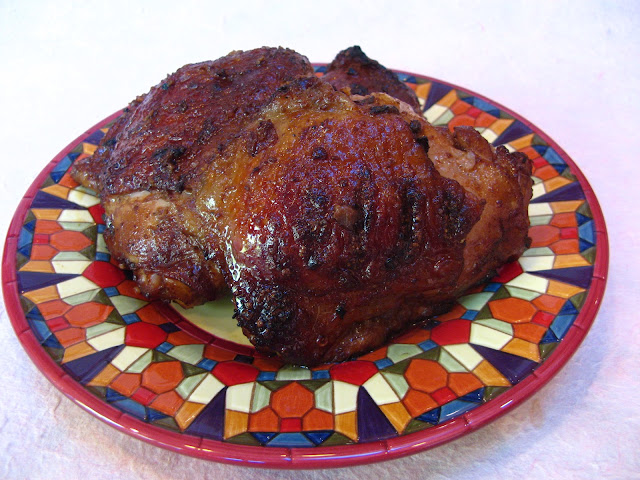I had some already browned on the grill, but uncooked, lamb
shanks in my freezer (newly rediscovered!) and decided it was time to cook
them. This dish was adapted from Braised
Lamb Shank with Coriander, Fennel, and Star Anise recipe at the
epicurious.com website. I used a slow cooker instead of the oven to cook the
dish and made some additions to the ingredients; the most significant being
lentils. This makes a nice meal for a cool Fall or Winter evening.
Enjoy!







